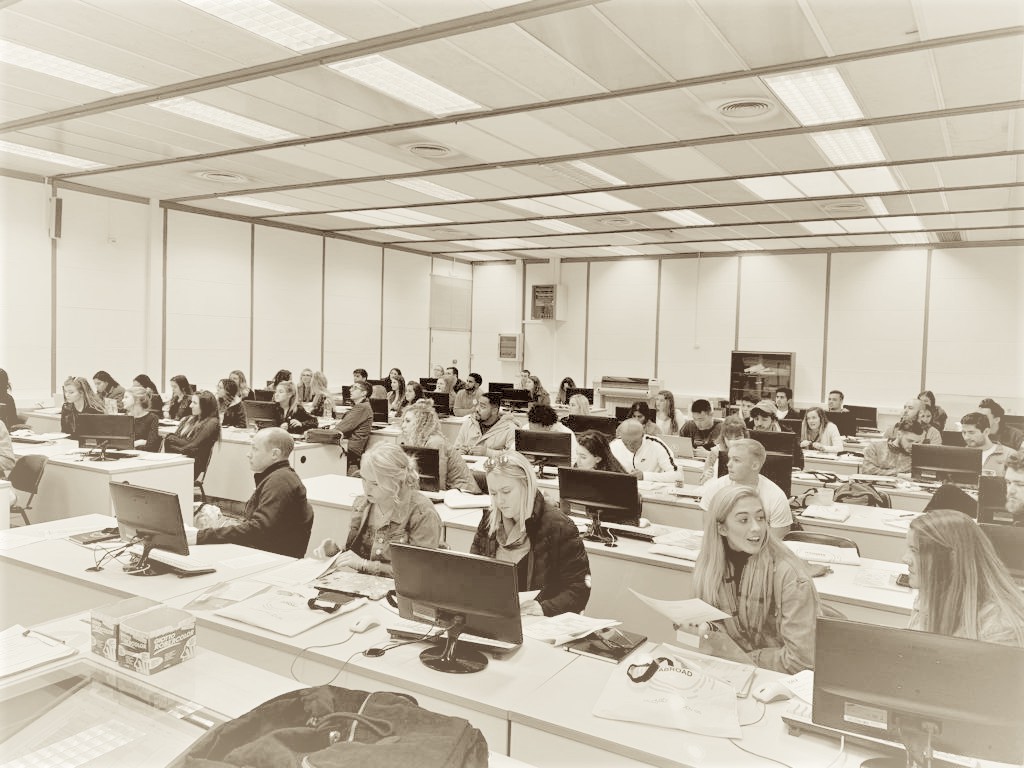
|
|

• Attendance
• Assessments
• Sexual Harassment Policy
• Students With Disabilities
• Academic Honesty Policy
• University Ombudsman
• Statement On Audio And Video Recording
• Syllabus Change Policy
Digital Logic Design
3 Credits | 300 Level | 52 Contact hours
Digital Design (2nd Edition), Frank Vahid, Wiley, 2010.
You will discover how simple gates are built from switches, how components are built from gates, how systems are built from components.
At first we will assume that there is no concept of time and that everything we need to know is immediately available. This will allow us to design an interesting collection of useful devices.
Then we will add the concept of time, from which the concept of memory will emerge, which will greatly expand the devices that we can design and use to create more complex systems.
A great way to learn about digital systems is to play with example systems and see how they work; that’s what you’ll do in many classes. There may be a short orientation lecture before you begin exploration or a summary discussion after your discovery. After that, you may be asked to extend the behavior of the given circuit or to use it as part of another system.
1. Introduction. Combinational Logic Design. Boolean Logic Gates. Boolean Algebra.
2. Representation of Boolean functions.
3. Combinational Logic Design Process.
4. Decoders and Muxes
5. Sequential Logic Design.
6.Reverse engineering of sequential circuits.
7. Datapath Components.
8. Register-Transfer Level Design.
9. Programmable Processors
10. Embedded systems programming
In this course you will:
• Better understand how digital systems impact people’s lives.
• Experience how electrical, computer scientists and engineers build digital systems to solve a
wide range of real problems in all fields.
• Improve your problem-solving skills, including design and debugging skills.
• Analyze and design in multiple levels of abstraction, that is, be able to move from detailed component-level design to system design (where components are treated as building blocks) and vice-versa.
• Learn the basic practical aspects about embedded systems programming, using modern ARM
Cortex processors, as key piece of the Internet of Things (IoT).
• Better understand the need for precision in technical communications, particularly with
respect to interface design.
- 30% Labs and Quizzes
- 20% Assigments
- 15% Exam 1
- 15% Exam 2
- 20% Final exam
|
